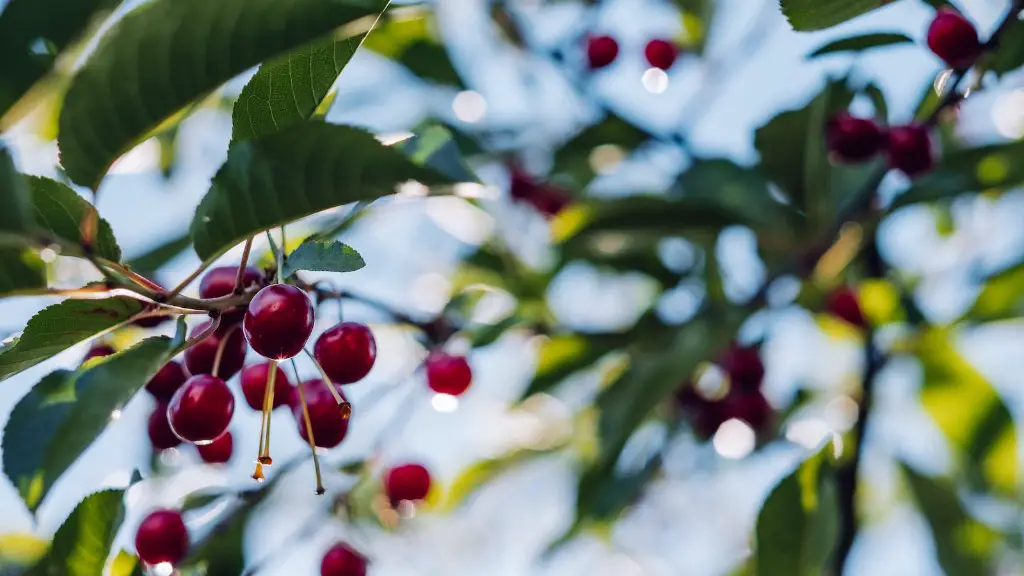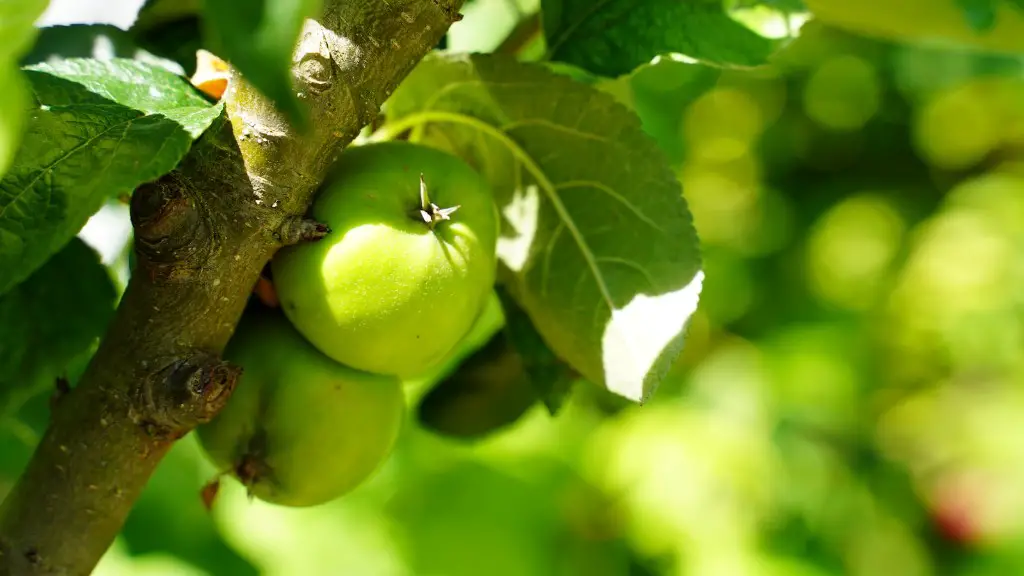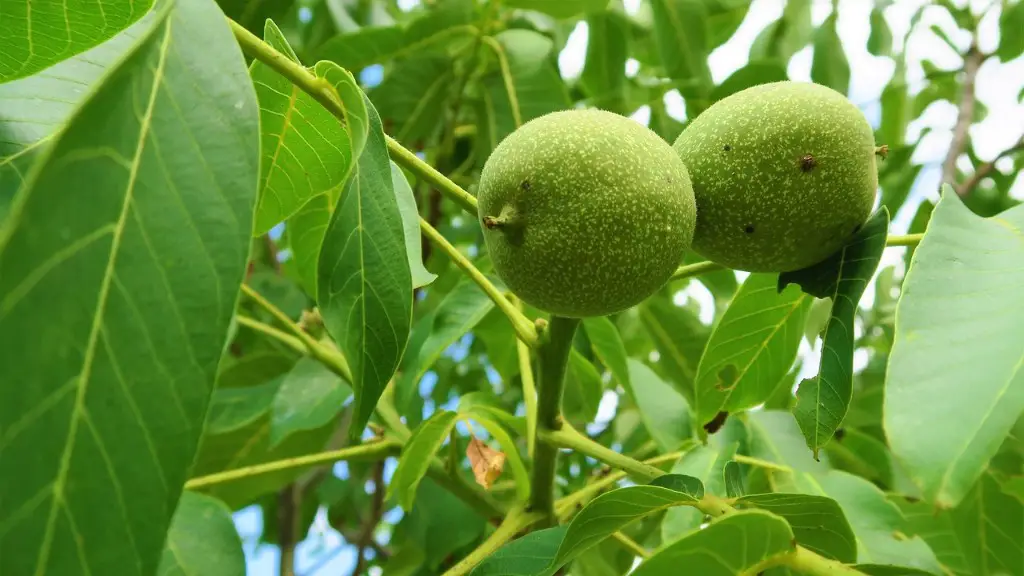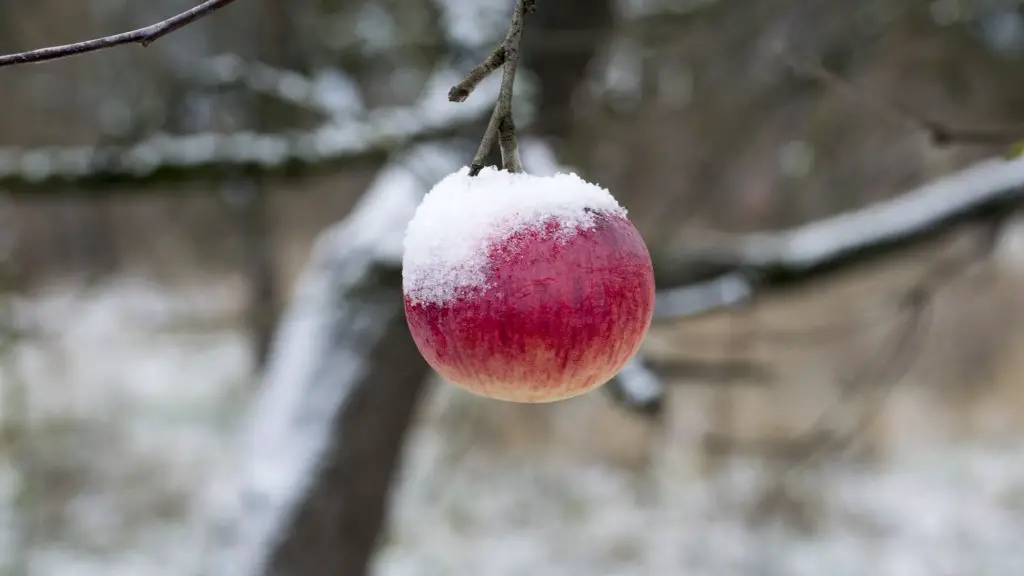Dwarf cherry trees have an array of advantages that make them popular among gardeners. They are easy to prune, first of all – a trait which makes them easy to add to any landscape. Secondly, they produce dazzling white flowers in the spring that contribute to an unforgettable sight in any garden. Last but not least, they are great for small-space gardens and can be grown in containers. So, how big does a dwarf cherry tree get?
Dwarf Cherry trees typically grow 8-10 feet tall and 6-8 feet wide, but their height and width vary based on the cultivar. There are dozens of cultivars available, each of which combines different growth habits, fruit flavor, flower color, etc. For example, the ‘Stella’ cultivar grows 10-12 feet tall and 8-10 feet wide, while the ‘North Star’ cultivar grows only 8-10 feet tall and 6-8 feet wide.
In general, dwarf cherry trees should be pruned to keep their height and width in check. Pruning should be done in the summer months, when the tree is in full bloom. Pruning should be done in a manner that ensures that the tree’s center remains open and receives enough light for proper growth. If proper pruning isn’t done, the tree could become overcrowded, leading to a decrease in fruit production and an increase in disease and pest problems.
When planting a dwarf cherry tree, experts recommend planting it in well-draining, nutrient-rich soil. The tree should also be planted in an area that receives full sun – at least 6 hours of sunlight per day. It’s important to provide enough space between the tree and other plants and trees, as the tree can become overcrowded if it’s too close. It’s also important to ensure that the soil is regularly watered, as the tree’s roots will need enough water in order to grow.
Dwarf cherry trees are fairly low-maintenance, and no special care is needed to ensure its health and growth. But, it’s important to ensure that the soil is properly fertilized – use a slow-release fertilizer in the spring and summer months. Fertilization is important for providing the tree with the nutrients it needs for proper growth and fruit production.
Pest Control
Pests can be a problem for any type of tree, and dwarf cherry trees are no exception. The most common pests that attack the tree are aphids, scales, and mites. It’s important to check the tree regularly for signs of pest infestations, as these pests can cause a significant amount of damage if left unchecked. The best way to control pests is to use a combination of chemical and natural methods. For example, you can use a safe, organic pesticide to target any pests that have already infested the tree.
At the same time, you should also take preventative measures to avoid future infestations, such as keeping the soil clear of debris, maintaining good airflow around the tree, and removing any diseased or damaged branches. If these methods are used regularly, it should be possible to keep the tree free of pests.
Proper Harvesting
Dwarf cherry trees produce delicious, flavorful cherries from mid-summer until late-summer, and they can be harvested as soon as the cherries are ripe. It’s important to pick the cherries at the right time – too early and the cherries won’t be as flavorful, and too late and the cherries will be overripe. The best way to determine if a cherry is ready to harvest is to taste it – the cherries should be sweet and juicy.
When harvesting cherries from a dwarf cherry tree, use pruning shears or clippers to clip off the clusters of cherries. Clipping off the cluster will help prevent damage to the tree and improve the yield. It’s also important to properly store the cherries after harvesting, as they can spoil quickly when exposed to heat or light. It’s best to store them in a cool, dark place and use them within 1-2 days of harvesting.
Spacing Considerations
Most dwarf cherry trees don’t need to be planted in large groups, but they do benefit from having other trees nearby. Planting them in close proximity to other trees can help increase the yield, as the trees will benefit from cross-pollination. However, it’s important to space them properly – plants should be spaced 3-5 feet apart from each other. This will ensure that each tree has enough space to grow and that they’re not competing for resources.
It’s also important to note that dwarf cherry trees can become overcrowded if they’re not properly spaced. Overcrowding can lead to reduced fruit production and an increase in pest infestations. If a dwarf cherry tree does become overcrowded, pruning can help reduce the problem, as it will help open up the canopy and allow more sunlight to reach the center of the tree.
Pruning & Training Techniques
Dwarf cherry trees are fairly easy to prune and shape, and there are several pruning and training techniques that can be used to keep the tree healthy and encourage growth. To start, the tree should be pruned in the spring, when it is just starting to grow. This will help keep the tree’s shape and size in check and encourage proper growth. It’s also important to prune any diseased, dead, or broken branches, as these can be a source of disease or pests.
You can also use the pruning technique known as ‘thinning’, which involves removing small twigs and branches from the main trunk of the tree. This helps open up the canopy and creates more room for the tree to grow. Training techniques, such as espalier and trellising, can also be used to control the tree’s shape and encourage more flowers and fruit production.
Fruit Production
Most dwarf cherry trees are self-fertile, meaning that they don’t need to be planted near other trees in order to produce fruit. However, cross-pollination from other cherry trees can still lead to increased yields. Dwarf cherry trees typically begin to produce fruit after the first year, but it may take up to two years for the tree to reach its full potential.
The fruit can be harvested as soon as it turns ripe, which varies from mid-summer to late-summer. After harvesting, the cherries can be eaten fresh or used to make jams, jellies, and preserves. They can also be stored in the refrigerator or frozen for later use.
Disease Prevention
Dwarf cherry trees are fairly resistant to disease and pests, but it’s important to take steps to ensure that the tree stays healthy. Good cultural practices, such as proper fertilization and pruning, can help keep the tree healthy. Regularly inspecting the tree for signs of pest infestations can also help reduce the risk of disease.
If you notice any signs of disease or pests, it’s important to take action immediately. Treating the problem early on can help prevent further damage and increase the tree’s chances of making a full recovery. For some diseases, such as powdery mildew, a fungicide may be used to treat the problem. It’s also important to remove any diseased or damaged branches to reduce the chance of infestations.
Conclusion
Dwarf cherry trees are excellent options for gardeners who want to add a splash of color and plenty of delicious fruit to their landscape. With proper care and maintenance, the trees can produce delicious cherries for many years. Understanding how big the tree grows, proper planting techniques, pest control, harvesting the fruit and disease prevention will help ensure that the trees remain healthy and productive.



